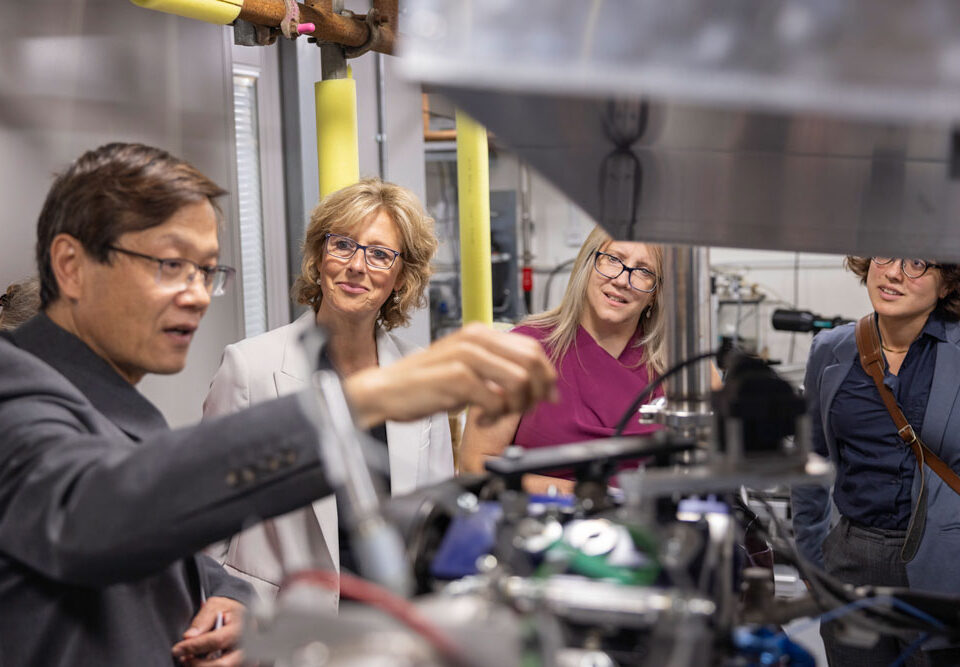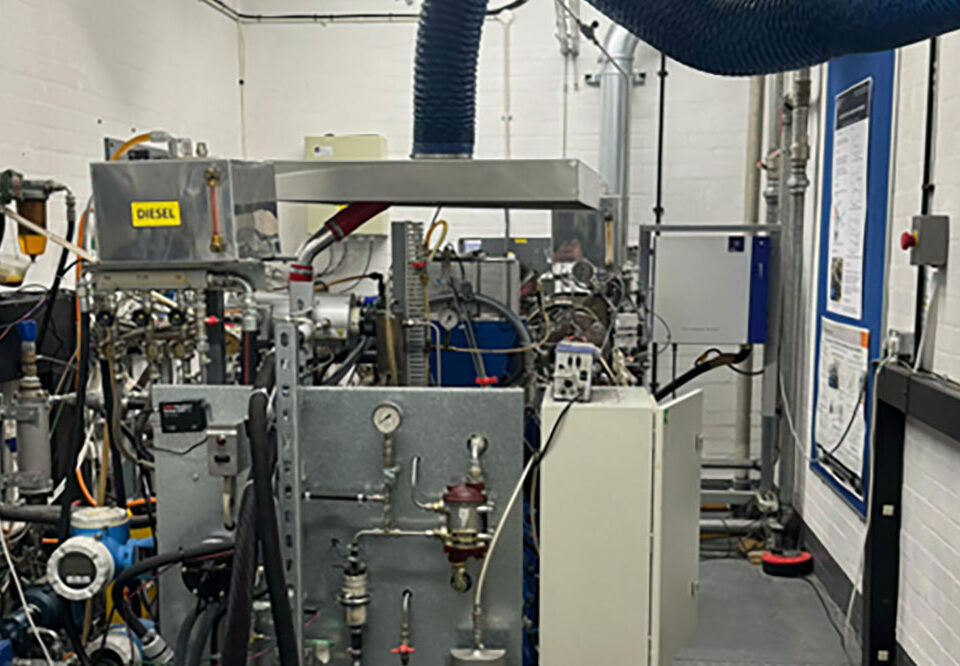Overview
For more than 30 years, the Greenhouse Gas Research Group has been at the forefront of climate science, investigating the sources of methane emissions and working towards reducing their impact on global temperatures.
The group aims to understand and quantify methane emissions from UK sources through mobile measurements in a vehicle laboratory. They also measure greenhouse gases continuously from an air inlet above their laboratory and collaborate globally to build and sustain a worldwide greenhouse gas monitoring network. The data, insights and services it provides enable purposeful innovation and interventions to address these emissions.
The Challenge
Methane is the second most significant greenhouse gas after carbon dioxide, responsible for roughly a third of global warming since the industrial revolution, and levels are rising worldwide. Although it remains in the atmosphere for less than a decade, methane is over 80 times more effective at trapping heat than carbon dioxide, making it an important target for emissions reduction.
The Global Methane Pledge (GMP), launched at COP26, is a collective effort by 159 countries to reduce global methane levels by 30% between 2020 and 2030. This research enables far greater understanding of emissions, which in turn unlocks far greater potential to reduce them.
Research
To reduce methane emissions, we first need to understand exactly where they’re coming from.
Methane is released when organic matter decomposes, whether from natural or artificial sources. By analysing the carbon atoms in methane molecules, researchers can identify the source, splitting between three categories – biogenic (cooler sources, such as wetlands, cows and landfill); thermogenic (natural gas and coal); and pyrogenic (hot sources such as burning of fossil fuels or forest fires). Tying together what they identify with local weather patterns and geographic information, they can then pinpoint methane sources.
The group were one of the first worldwide to develop a mobile measurement capability – allowing them to monitor methane levels anywhere. Central to their recent work is their mobile lab MIGGAS – the ‘Mobile Integrated Greenhouse Gas Assessment System’ – a specially adapted car with inlets in the roof to gather air samples and a solar panel to boost the power supply for the onboard instruments. Researchers combine data from these samples with on-the-spot GPS and weather readings, producing accurate measurements wherever MIGGAS can drive.
Partnerships
In addition to MOMENTUM, group is working on a project investigating landfill emissions for the Department for Environment, Food & Rural Affairs (DEFRA), and with university partners to investigate the growing biogas industry and, distinctly, the impact of beef farming.
Impact
The MOMENTUM (‘Mobile Observations and quantification of Methane Emissions to inform National Targeting, Upscaling and Mitigation’) project pulls together various elements of the group’s research and will highlight areas where improvements can be made to the UK’s National Emissions Inventory, which is submitted to the UN every year
The inventory is currently calculated using broad-scale measurements alongside companies’ self-reported emissions data. By comparing their fieldwork findings with the inventory’s database researchers are measuring and starting to count emissions from locations currently not identified by the inventory, helping to inform policy that mitigates against future risks.
Due to the mobile nature of the lab – it fits in a car – researchers have been able to travel and measure methane all over the world. They’ve run campaigns in Kuwait and Vietnam, focusing on how landfill sites could reduce their emissions with better engineering; and collected air samples on the UK atmospheric research aircraft, including from offshore gas facilities in the North Sea. They also regularly receive air samples collected from the Arctic, Antarctic and Ascension Island to monitor and track global methane levels.



